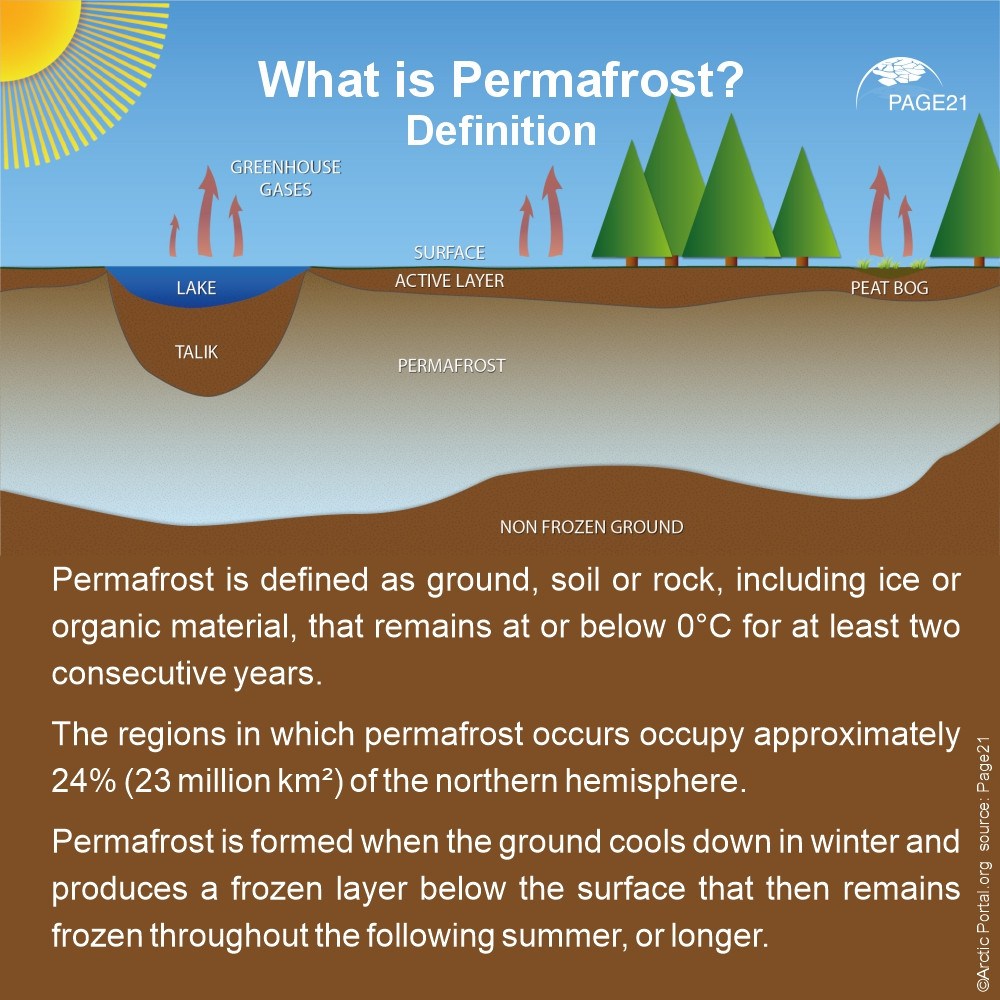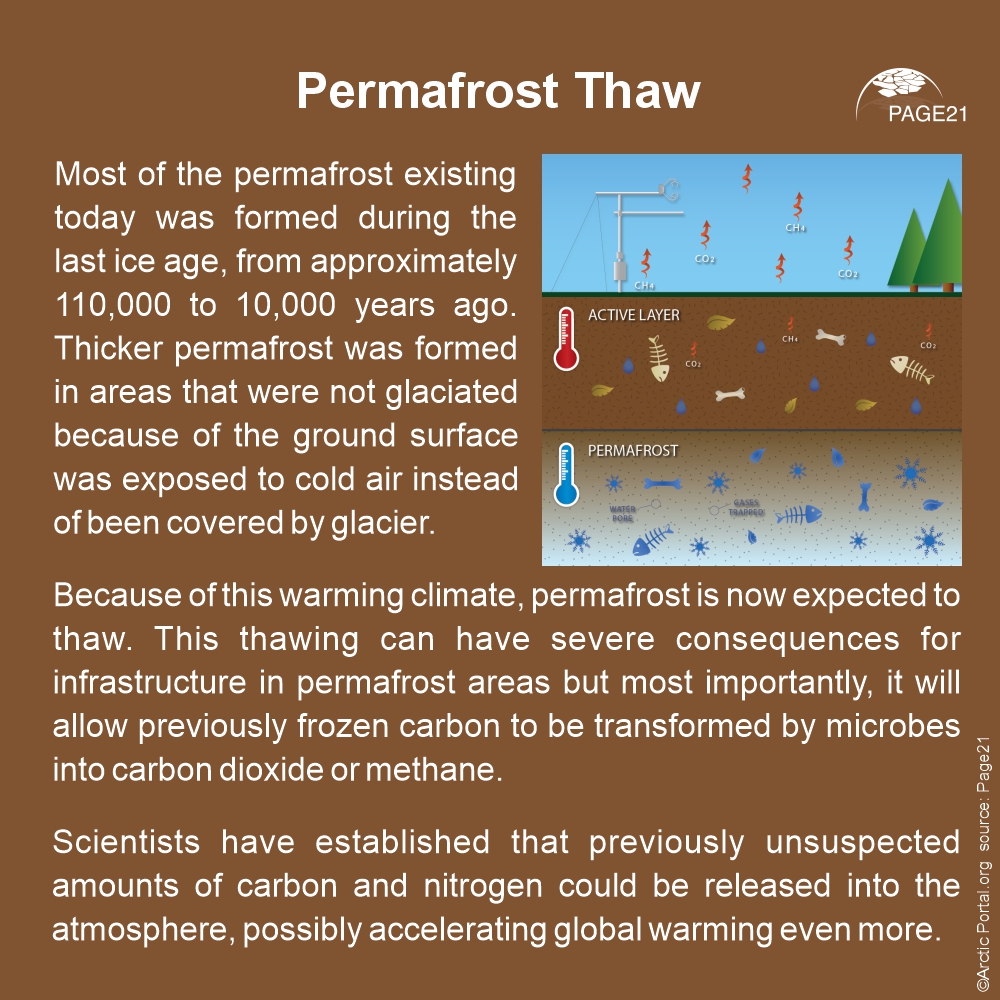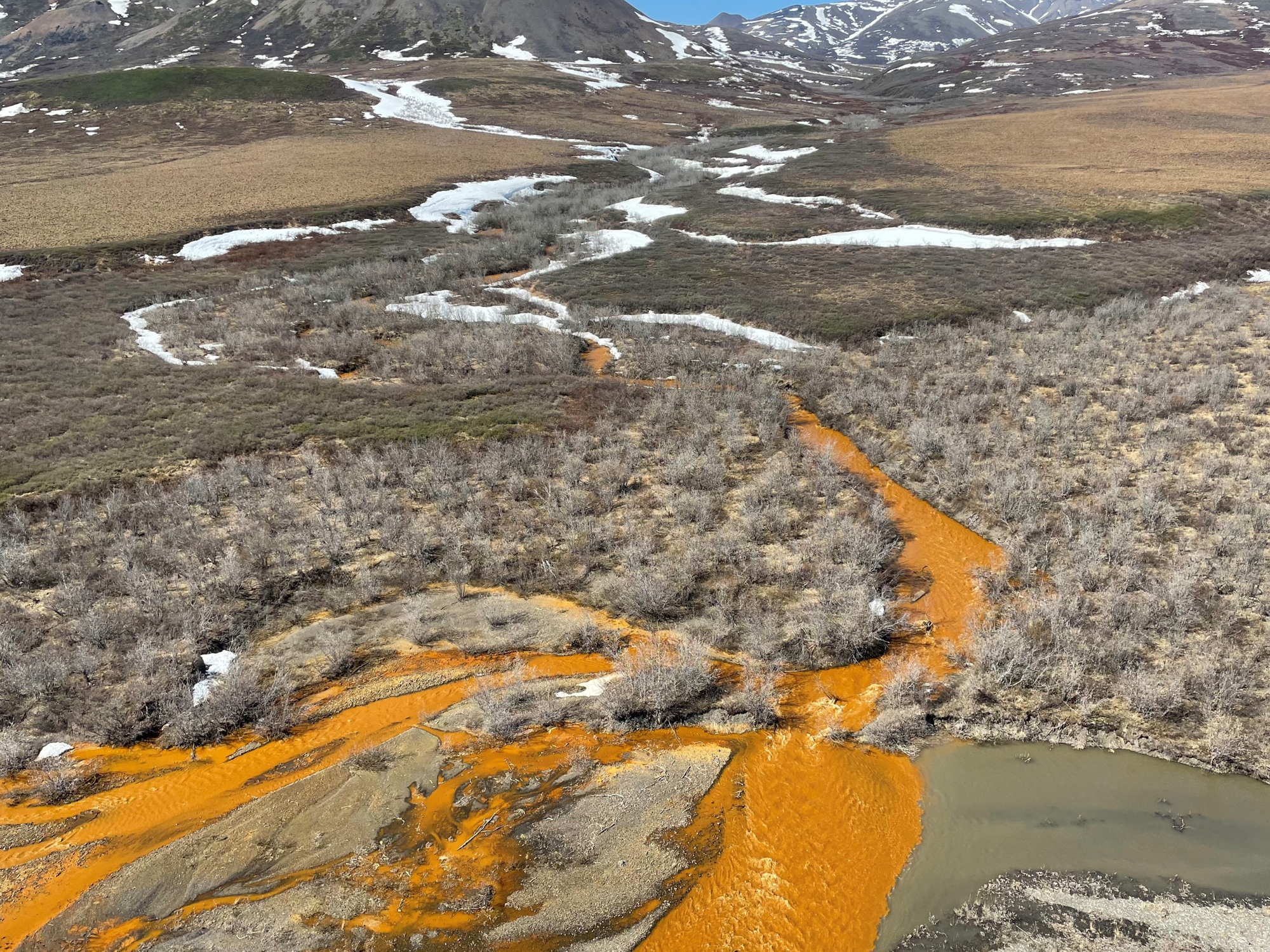Communities and scientists in northern Alaska are observing a startling transformation: once-clear rivers and streams are turning a bright orange color. The cause lies beneath the ground; thawing permafrost is exposing ancient mineral deposits, releasing metals that stain waterways and threaten ecosystems.
What is Happening?
Permafrost, soil that has remained frozen for thousands of years, locks away organic material and minerals. As the Arctic warms nearly four times faster than the global average, this frozen ground is beginning to thaw.
In parts of Alaska, this process is exposing sulfide-rich rock, such as pyrite. When the rock interacts with oxygen and water, it oxidizes and releases sulfuric acid.
This acidic runoff leaches heavy metals like iron, zinc, cadmium, and aluminum into rivers. Iron in particular is responsible for the dramatic orange discoloration now seen across dozens of streams and tributaries.
Ecological Consequences
The chemical changes in the water can:
- Reduce pH levels, making rivers more acidic.
- Harm fish populations by corroding gills and disrupting spawning habitats.
- Alter entire aquatic food webs, impacting insects, plants, and animals that depend on these waters.
Scientists warn that salmon, a cornerstone species for Alaska’s ecosystems and communities, are particularly at risk.
A Wider Arctic Concern
While this phenomenon is currently most visible in Alaska, the underlying driver, thawing permafrost, is widespread across the Arctic, including Siberia, Canada, and parts of Greenland. As thawing accelerates, similar chemical transformations could emerge in other permafrost-rich regions.
The orange rivers are a vivid reminder that climate change’s impacts are not only about rising temperatures or melting ice. They trigger cascading changes in landscapes and ecosystems that ripple outward in unexpected and potentially damaging ways.
Indigenous and Local Impacts
For Indigenous communities in Alaska, these rivers are not only ecological systems but also sources of food, cultural practices, and livelihoods. Contamination threatens subsistence fishing and raises concerns about drinking water safety.
The future
Scientists are now mapping affected watersheds and analyzing the chemistry of orange-stained rivers to better understand how widespread the problem may become. Some fear that once permafrost destabilizes, preventing further contamination could be nearly impossible.
The bright, rusty colors of these rivers are a dramatic warning signal, one that underscores how deeply the Arctic’s changing climate is reshaping both nature and human life.
 What is Permafrost?
What is Permafrost?
Permafrost is defined as ground, soil, or rock, including ice or organic material, that remains at or below 0°C for at least two consecutive years. The regions in which permafrost occurs occupy approximately 24% (23 million km²) of the northern hemisphere. Permafrost is formed when the ground cools down in winter and produces a frozen layer below the surface that then remains frozen throughout the following summer, or longer (Click on the images to view a Quick fact about permafrost and permafrost thaw).
 Permafrost Thaw
Permafrost Thaw
Most of the permafrost existing today was formed during the last ice age, from approximately 110,000 to 10,000 years ago. Thicker permafrost was formed in areas that were not glaciated because of the ground surface was exposed to cold air instead of being covered by a glacier. Because of this warming climate, permafrost is now expected to thaw. This thawing can have severe consequences for infrastructure in permafrost areas, but most importantly, it will allow previously frozen carbon to be transformed by microbes into carbon dioxide or methane. Scientists have established that previously unsuspected amounts of carbon and nitrogen could be released into the atmosphere, possibly accelerating global warming even more.
Sources: Nature.com, Earth.com, USGS
Image of river: Josh Koch, U.S. Geological Survey
Infograph: Arctic Portal

